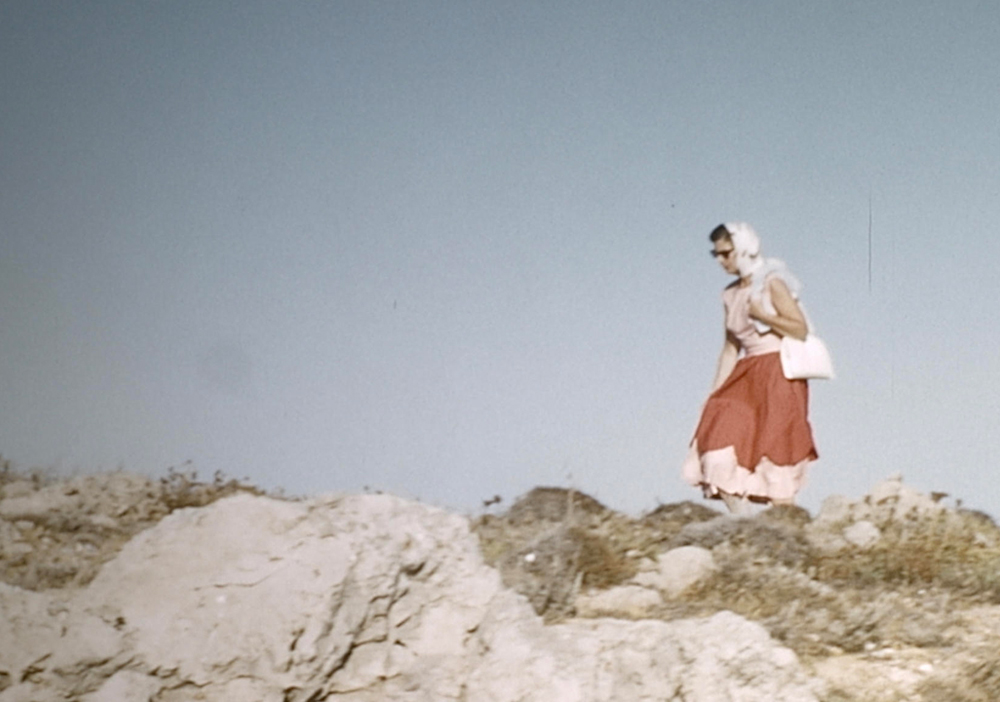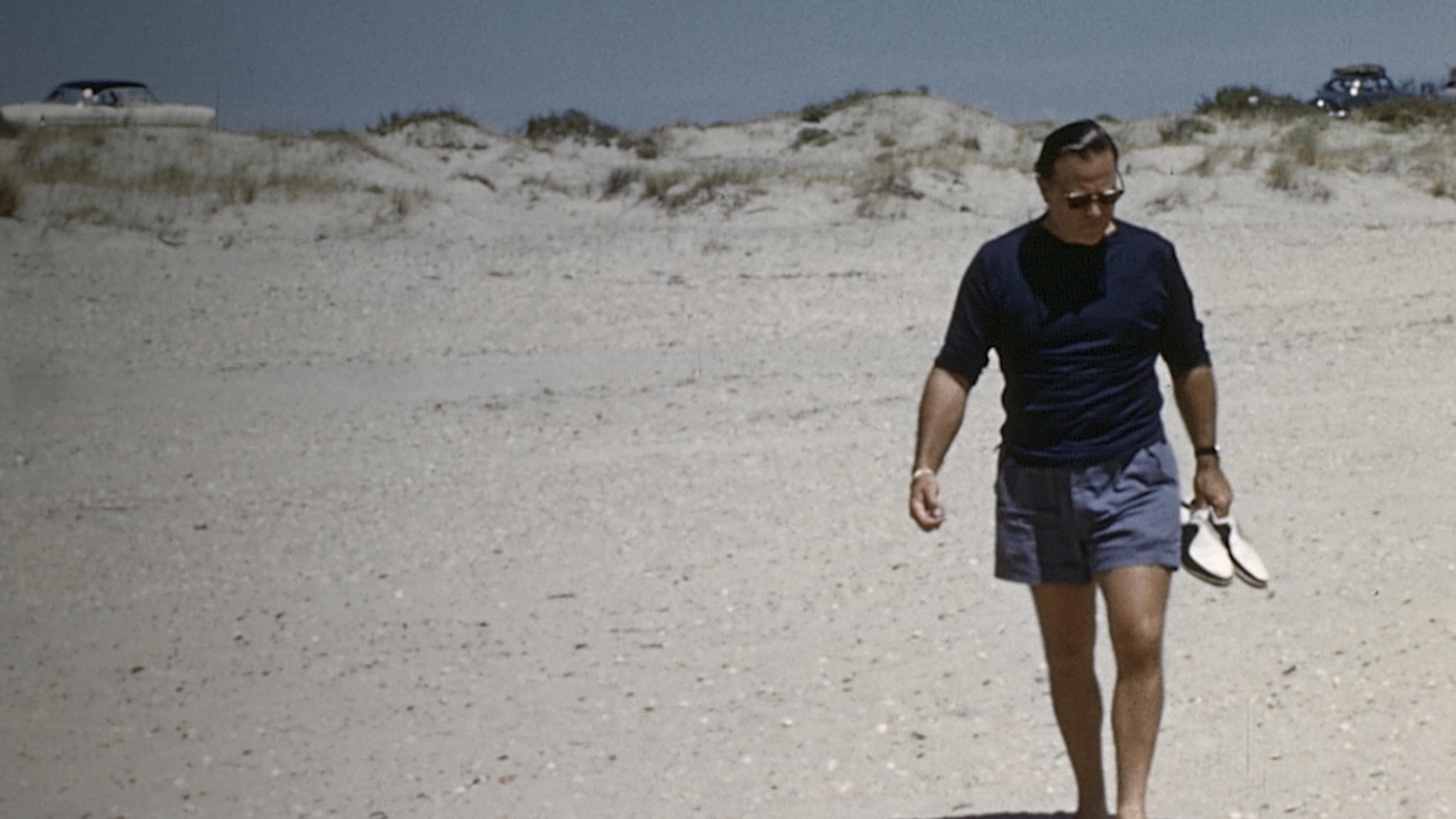In January I joined Maike Mia Höhne (filmmaker and artistic director of Hamburg Short Fest) and Hans van der Berg (Dutch film archivist) on a small jury that would give an award for the most perfect found footage movie at the International Film Festival Rotterdam (2020). We would watch, of course, only those movies that were entirely made up of, or at least were substantially constituted by, movies that had already been made. It was déjà vu all over again. And a comforting recline into the new mode of movie director as VJ. Let them spin the old tunes in new configurations and arrangements, resurecting forgotten or repressed movements, or else repurposing all-too familiar scenes. What is a human but an arrangement of already known parts: our language, our sexualities, our ‘original’ ideas, even our traumas have already happened, cut and pasted into our DNA, our own original copy of a life. Our intertwining ensures that we are a collage in motion, and this jury provided an opportunity to reflect on these new machinic relations. As I watched fest goers reach for their devices between screenings with the calm frenzy of societally sanctioned addiction, I understood that our most important relationships are with machines. And the pictures those machines produce are no different than the ones I dream at night, or that dream me in the daytime.
The found footage movies rolled by in a haze of sleep deprivation and jet lag, each frame combed over, touched and retouched by their makers.
How happy we were to live through cinema’s déjà vu, the forgotten pictures of the past that have been reformed and reframed here in Rotterdam. There was one movie that shone for us more brightly than any other. We were floored by its unique use of sound, its luxurious spaciousness, its courage in embracing silence. We heard only what some might call “sound effects,” a door closing, a boat weighing anchor, footsteps on a dock. No music, and above all, no voice. It created a very open frame for looking into these pictures.
The Kodachrome home moves were beautifully shot by a professional amateur (the filmmaker’s grandfather) before their stunning digital restoration. But most of all it was the script, filled with lies and loneliness, heartbreak and death, that carries us through a travelogue of longing until the final stunning twist is reserved for the closing credits. I was reminded of David Holzman’s Diary, which carried a similar shock turn in the last words that appeared onscreen. We won’t spoil it for you by telling you the secret. The script arrives not as voice-over, but as a series of intertitles that punctuate the romantic travelogue, recounting the story of a life, which is also the story of the roles and patterns, the habits of interaction, the collage of gestures, the copying in other words, of deep ancestral roots and culture codes that are unfolding again, but always in a new old way. What else to say? We urge you to see the movie we’d like to give the found footage award to: My Mexican Bretzel by Nuria Giménez
“When I found the film rolls I didn’t know what was inside them, or what state they were in. I started to look at them and knew I wanted to do something with them. I knew clearly, even years ago, that I didn’t want to make a documentary film about my grandfather. I didn’t want to talk about their lives. It’s a bit contradictory, but somehow I felt comfortable using the images but not talking about them. Second the process of filmmaking was much more free, fantastic even, without having to be limited by their lives. And thirdly we all talk about ourselves and our families, just in another way. When my mother saw the film she told me I had made a more truthful portrait of her parents than if I’d told the truth. So maybe sometimes it’s better to use fiction to tell the truth.” Interview with Nuria Giménez by Tommaso Tocci for IONCINEMA.com
“My Mexican Bretzel opens with black-and-white clips of pilots during World War II in Switzerland, subtitled with excerpts from—so we are told—the diary of Vivian Barrett. She talks about herself and her husband Léon, who partly lost his hearing in an accident with his plane and could no longer fly. The couple’s glamourous life then unfolds in diary excerpts and footage shot by Léon, about whom we also learn that he developed a successful anti-depressant medication, and had an obsession with many different forms of transportation.
The painstakingly edited home movies accompany Vivian’s thoughts and observations, and more abstract visual material represents her fears, secret desires and tormenting dreams. She frequently quotes the Indian guru Kharjappalli, who keeps her going in times of uncertainty and emotional turbulence. Sound is used cleverly and with restraint, reinforcing the images or underscoring the emotions. We realise that the viewer is being manipulated, but to what extent only becomes clear at the end.” IFFR Catalogue, 2020

